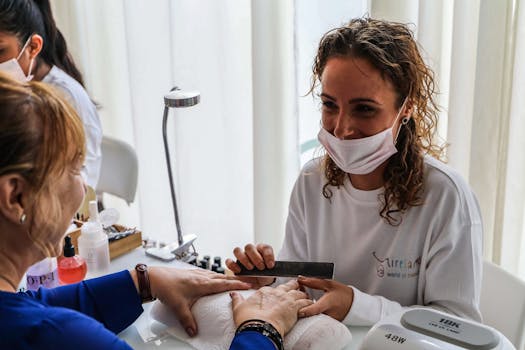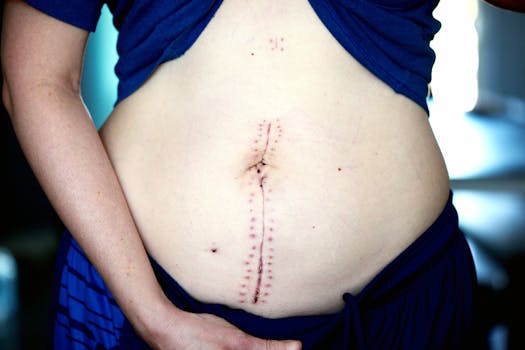An abdominoplasty consultation is the essential first step for anyone considering a tummy tuck. During this visit you’ll discuss goals, medical history, expected outcomes, and the risks and recovery timeline. A well-prepared consultation helps set realistic expectations and ensures you and your surgeon agree on the best approach for your body and health.
What happens during an abdominoplasty consult
Most consultations include a physical exam of the abdominal area, review of your medical records, discussion of different surgical techniques (full, mini, or extended abdominoplasty), and a conversation about anesthesia and scarring. You’ll usually be asked about previous surgeries, weight stability, medications, smoking, and any chronic conditions that might affect healing.
Questions to bring
Preparing a list of tummy tuck questions ahead of time helps you make the most of the appointment. Consider asking about:
- Which specific technique the surgeon recommends and why.
- Expected scar location and measures to minimize scarring.
- Realistic timeline for returning to normal activities and work.
- How the procedure will be tailored to address muscle repair or excess fat.
- Potential complications and how they are handled.
Abdominoplasty consult: weighing pros and cons
Understanding benefits and limitations is crucial. Pros commonly cited include improved abdominal contour, tightened muscles, and reduced excess skin after significant weight loss or pregnancy. Many patients report improved comfort and confidence in clothing and exercise.
Cons include surgical risks such as infection, hematoma, seroma, and poor wound healing. Scarring is inevitable, although it can often be placed low and improved over time. Recovery can take several weeks, and vigorous exercise is typically restricted for at least six weeks. Discuss your goals and lifestyle during the visit to determine whether benefits outweigh risks in your case.
Safety and expectations
Ask the surgeon about their complication rates and experience with your chosen technique. Familiarize yourself with general surgical safety recommendations, such as preoperative optimization (stopping smoking, managing diabetes, adjusting medications), and perioperative measures to reduce infection risk—see the World Health Organization’s surgical care guidance for broader safety principles: WHO guidance on surgical care.
Recovery, results, and follow-up
Recovery varies with the extent of surgery. Expect initial discomfort, swelling, and the need for drains in some cases. Walking soon after surgery is encouraged to reduce clot risk, but lifting and strenuous activity are restricted. Full aesthetic results may take months as swelling subsides and tissues settle.
Follow-up visits are essential to monitor healing, remove sutures or drains, and address any concerns early. Your surgeon will give personalized instructions about wound care, compression garments, and scar management. For supportive skin-care practices during recovery, consider gentle, sustainable products and approaches—this is where eco-conscious routines like those described in eco-friendly skincare: sustainable products and practices for healthy skin can be helpful when selecting mild cleansers and moisturizers that won’t irritate healing skin.
Financial and emotional considerations
Cosmetic abdominoplasty is often elective and may not be covered by insurance unless performed for functional reasons. Discuss pricing, what is included (facility fees, anesthesia, post-op garments), and financing options. Emotionally, big changes to body shape can affect self-image—prepare with realistic expectations and consider counseling if body-image concerns are significant.
- Bring photos of your goals and a written list of questions.
- Be honest about your medical history and lifestyle habits.
- Verify surgeon credentials, board certifications, and facility accreditation.
Frequently asked questions
Q: How long after surgery will I see results?
A: You’ll notice an immediate change in contour, but swelling can obscure final results for several weeks to months. Most patients see substantial improvement by three months, with continued refinement up to a year.
Q: What are common tummy tuck questions patients forget to ask?
A: Patients often forget to ask about scar care specifics, the exact timeline for returning to exercise, plans for handling complications, and how weight fluctuations after surgery might affect results.
Q: Can I combine abdominoplasty with other procedures?
A: Yes—many patients combine abdominoplasty with liposuction or breast procedures in a “mommy makeover.” Combining procedures increases operative time and recovery considerations, so discuss safety and sequencing with your surgeon.






